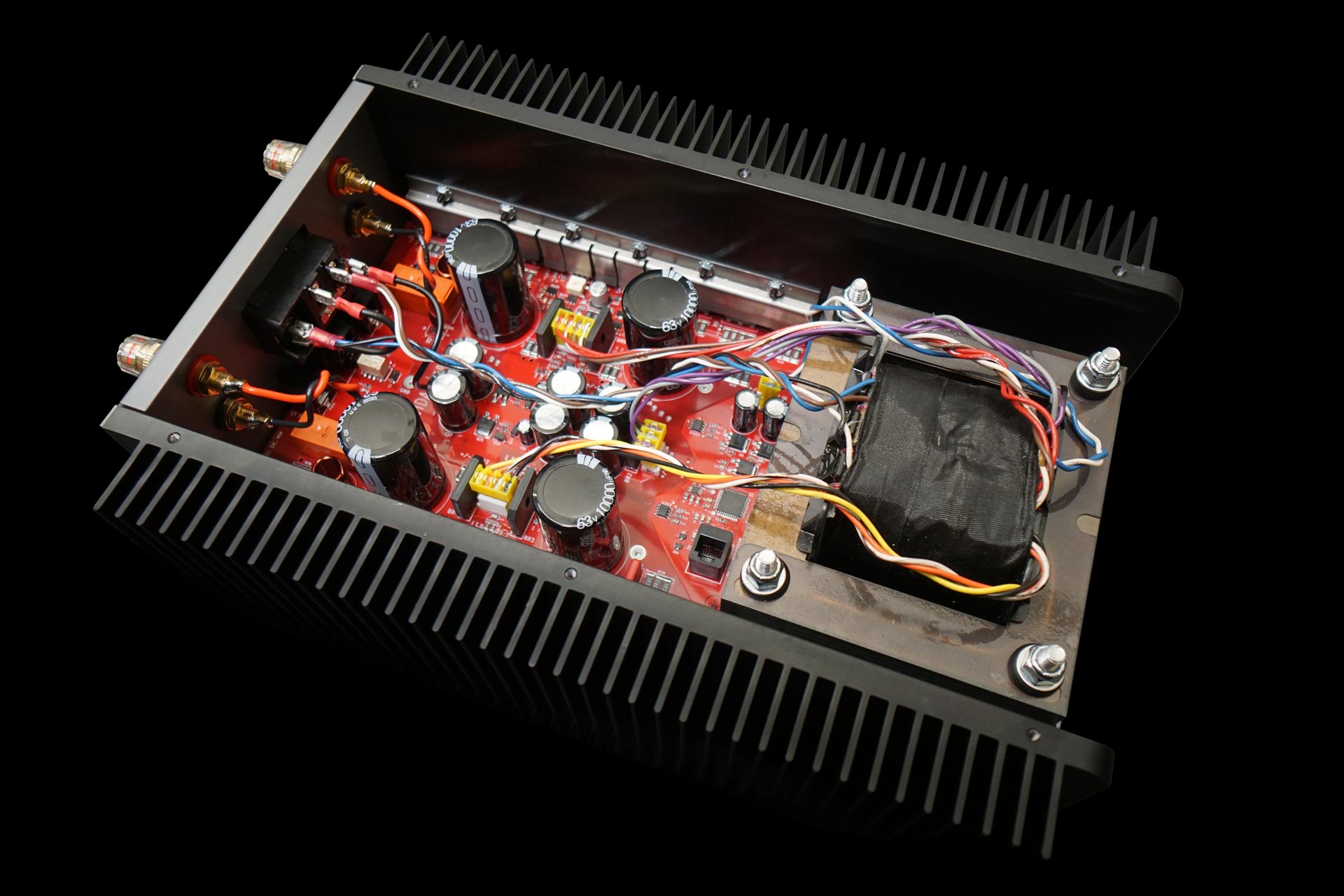Schiit Vidar amplifier - internal wiring

Clipdat
Posts: 13,087
in Electronics
Taking a look at the Schiit Vidar amplifier (http://www.schiit.com/products/vidar), specifically the internals, I'm trying to figure out why the wiring for the power input and speaker output terminals appears to be such a thin gauge. It looks like 18ga wiring, wouldn't at least 12ga make more sense for these type of connections?
I don't know why, but I get hung up when judging internals of electronics if I see something like this that looks like a weak point.
Thoughts?

I don't know why, but I get hung up when judging internals of electronics if I see something like this that looks like a weak point.
Thoughts?

Comments
-
I've often wondered this for speakers as well now that you mention it. It seems the internal wiring on almost all speakers I've researched is also a thin ~18ga diameter.
With the exception of the Bryston Mini A: The role and gauge necessary for internal wiring is separate of that needed for external wire. This is true for components and speakers alike.
The role and gauge necessary for internal wiring is separate of that needed for external wire. This is true for components and speakers alike.
-
18 gauge ampacity is 10 amps over 50 foot run.Salk SoundScape 8's * Audio Research Reference 3 * Bottlehead Eros Phono * Park's Audio Budgie SUT * Krell KSA-250 * Harmonic Technology Pro 9+ * Signature Series Sonore Music Server w/Deux PS * Roon * Gustard R26 DAC / Singxer SU-6 DDC * Heavy Plinth Lenco L75 Idler Drive * AA MG-1 Linear Air Bearing Arm * AT33PTG/II & Denon 103R * Richard Gray 600S * NHT B-12d subs * GIK Acoustic Treatments * Sennheiser HD650 *
-
Well I guess that settles that. I apparently need to un-train my American public school system educated brain that "bigger=better".SCompRacer wrote: »18 gauge ampacity is 10 amps over 50 foot run.
-
It basically boils down to what value you want to have at any given point in the system. All pieces involved play a part. It's like voo-doo magic or sumpin...
-
heh, youse guyses peeked behind the curtain. You're not supposed to peek behind the curtain...

In (some) seriousness, don't forget that the gauge of wire needed for a given job depends to a great extent on the current capability required -- and the current that will flow in a given circuit is determined by Ohm's law. For loudspeakers, impedance is low, voltage is relatively low, so high power equates to relatively high current. In car electronics (as such), the voltage is low, so current flow can be pretty effing high -- thus are the battery cables in cars pretty thick.
It's also safe to say that Schiit hardware isn't a paragon of cost no object engineering. Quite the contrary, Schiit stuff is designed and built to be high value.
Bottom line, though -- don't sweat the wires.
-



